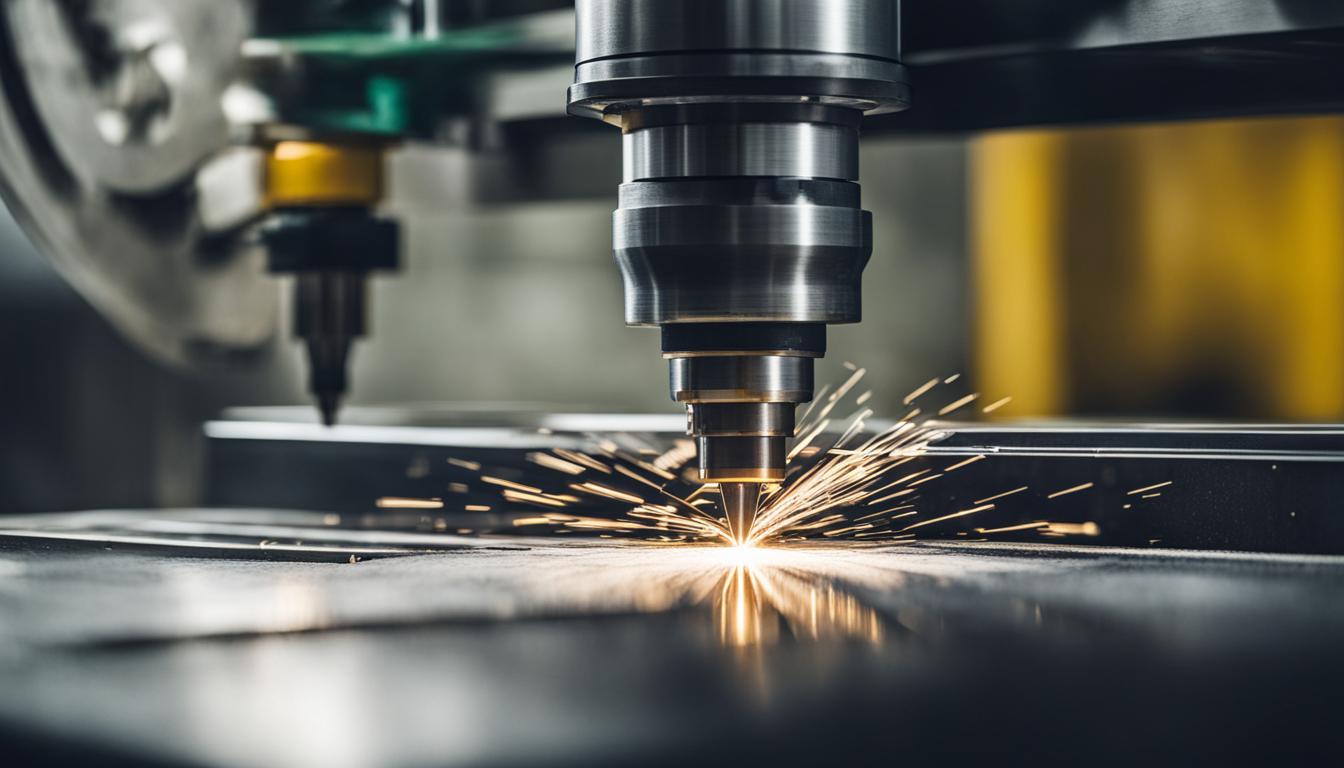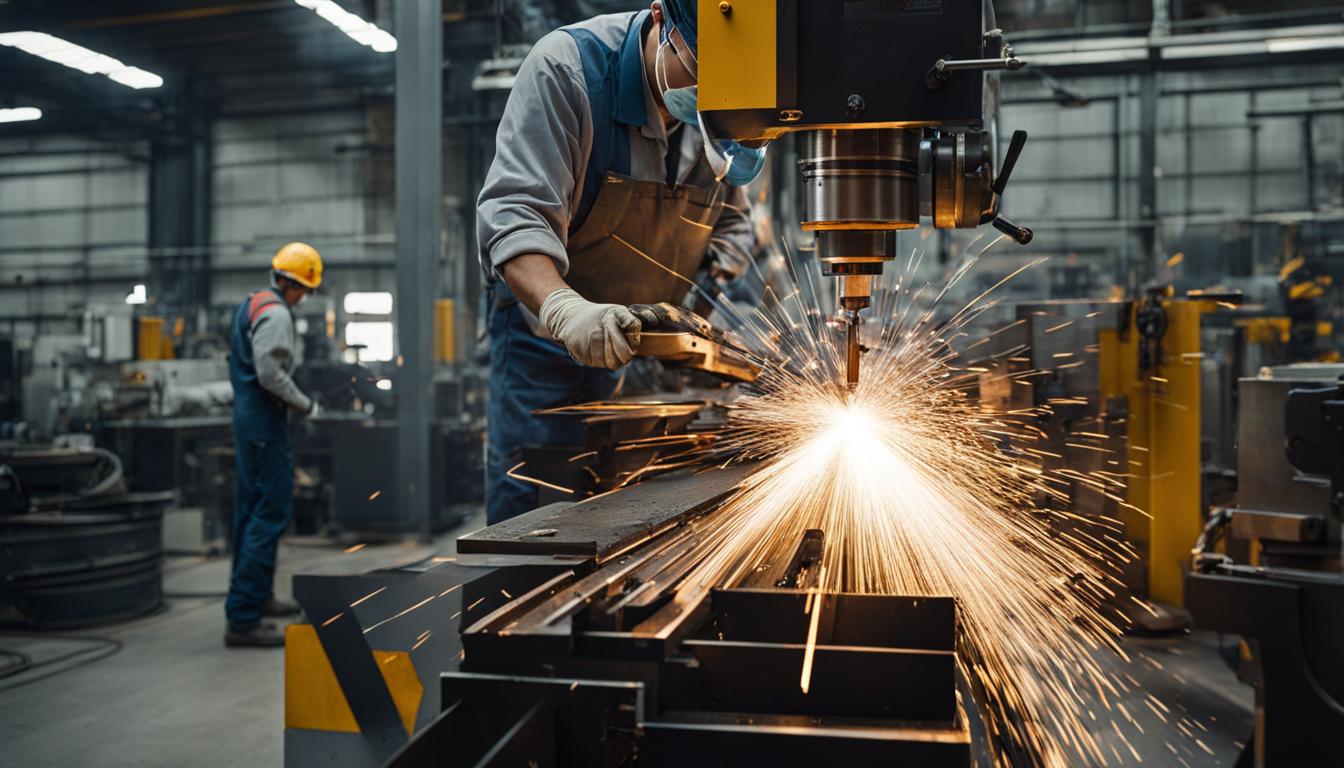Milling machines serve as versatile and indispensable tools in manufacturing, metalworking, and woodworking industries. Their primary purpose is to remove material from a workpiece using rotary cutters, creating precise shapes, features, and finishes. These machines can perform a wide array of operations, including face milling, peripheral milling, drilling, boring, and creating slots or grooves. Milling machines are capable of working with various materials such as metals, plastics, and wood, making them essential for producing components in industries ranging from aerospace to automotive.
They offer high accuracy, repeatability, and efficiency in producing complex parts with tight tolerances. Modern CNC (Computer Numerical Control) milling machines have further enhanced capabilities, allowing for automated, multi-axis machining of intricate geometries. The versatility and precision of milling machines make them crucial for prototyping, small-scale production, and large-volume manufacturing processes across numerous industrial applications.
- Milling machines are versatile machine tools used in various manufacturing industries.
- They are specifically designed for the process of machining, which involves removing material from a workpiece using rotating cutting tools.
- CNC milling machines, also known as machining centers, are widely used and offer enhanced precision and efficiency.
- Milling machines can shape metal, produce intricate parts, and improve the efficiency and accuracy of machining processes.
- They are capable of performing a wide range of operations, such as cutting, drilling, and boring.
What is a CNC Milling Machine?
A CNC milling machine, or machining center, is a type of milling machine that is operated and controlled by a computer numerical control (CNC) system. It uses cutting tools to remove material from a workpiece through mechanical means. These machines are equipped with a main spindle and multiple axes to position and move the part to be machined. CNC milling machines are commonly used in manufacturing industries to create specific parts or products based on computer-aided design (CAD) software. They offer precise cutting capabilities and can be customized with advanced features like automatic tool changers and advanced software.
How Does a CNC Milling Machine Work?
When a CNC milling machine is in operation, the computer control system sends instructions to the machine’s motors and actuators, which then move the cutting tools along the specified path to remove material from the workpiece. The CNC system incorporates a series of algorithms and commands that control the movement and operation of the machine. It provides high levels of automation and precision, allowing for the creation of complex shapes and intricate designs.
A typical CNC milling machine consists of several components:
| Main Components | Description |
|---|---|
| Spindle | The spindle holds the cutting tool and rotates it at high speeds to remove material. |
| Table | The table is where the workpiece is held and secured during the machining process. |
| Axes | CNC milling machines can have multiple axes, including X, Y, and Z axes, which control the movement of the cutting tool. |
| Column | The column provides support and stability to the machine. |
| CNC Control Panel | The control panel allows operators to input instructions and monitor the machine’s operation. |
CNC milling machines are versatile tools that can be used to perform a wide range of operations, including cutting, drilling, boring, gear cutting, slotting, and keyway cutting. They offer precise control and repeatability, making them ideal for producing complex parts with tight tolerances.
Types of Milling Machines
Milling machines come in various types, each with its own unique features and capabilities. The selection of the right type of milling machine depends on the specific application and requirements. Here are some of the most common types:
- Vertical Milling Machine: This type of milling machine has a vertically oriented spindle that allows for the cutting tool to move up and down along the Z-axis. Vertical milling machines are ideal for tasks that require cutting or drilling vertically, such as creating slots or holes.
- Horizontal Milling Machine: In a horizontal milling machine, the spindle is positioned horizontally, allowing for the cutting tool to move along the X-axis. Horizontal milling machines are suitable for tasks that involve cutting or shaping materials horizontally, such as creating grooves or profiles.
- Universal Milling Machine: Universal milling machines are versatile machines that can perform both vertical and horizontal milling operations. They are equipped with a swiveling table, allowing for the flexibility to work on different angles and orientations.
- CNC Milling Machine: CNC milling machines, also known as machining centers, are computer-controlled milling machines that offer high precision and automation. They can be programmed to execute complex milling operations with minimal human intervention. CNC milling machines are widely used in various industries for their accuracy and efficiency.
Each type of milling machine has its advantages and is suitable for specific applications. The choice of milling machine depends on factors such as the type of material, complexity of the part to be machined, and desired production output.
Now that we’ve explored the different types of milling machines, let’s delve deeper into the components that make up these machines in the next section.

Components of a Milling Machine
A milling machine is composed of several key components that work together to produce accurate and precise parts. These components include:
- Spindle: The spindle is the main rotating component of the milling machine. It holds the cutting tool and rotates at high speeds to remove material from the workpiece. The spindle can be vertical or horizontal, depending on the type of milling machine.
- Table: The table is a flat surface where the workpiece is placed and secured during machining. It provides support and stability to the workpiece as it is being cut. The table can be moved in different directions to position the workpiece accurately.
- Axes: The axes are the linear and rotational movements that the milling machine can perform. The number of axes can vary depending on the machine, with three-axis (X, Y, Z) being the most common configuration. The axes allow for precise control of the cutting tool’s position and orientation.
- Column: The column is a vertical support structure that houses the spindle and other major components of the milling machine. It provides stability and rigidity to the machine, ensuring accurate and consistent machining operations.
- CNC Control Panel: The CNC control panel is the interface between the operator and the milling machine. It allows the operator to input commands and set parameters for the machining process. The control panel is equipped with buttons, switches, and a display screen to monitor and control the machine’s operations.
These components work in harmony to ensure the milling machine operates efficiently and produces high-quality machined parts. The spindle rotates the cutting tool, which removes material from the workpiece placed on the table. The axes and column provide precise positioning and movement, while the CNC control panel enables the operator to control and monitor the machine’s actions.
| Component | Description |
|---|---|
| Spindle | The main rotating component that holds the cutting tool. |
| Table | A flat surface where the workpiece is placed and secured during machining. |
| Axes | The linear and rotational movements that control the position and orientation of the cutting tool. |
| Column | A vertical support structure that houses the spindle and other major components. |
| CNC Control Panel | The interface between the operator and the milling machine, allowing for input and control of the machining process. |
Milling Operations
Milling machines are essential tools in the manufacturing industry, thanks to their capability to perform a wide range of operations. These versatile machines are equipped with cutting-edge technologies that enable them to execute various milling operations efficiently and accurately.
Cutting is the primary operation performed by milling machines. The rotating cutting tools, such as end mills and face mills, remove material from the workpiece, shaping it into the desired form. Drilling is another common operation, where the milling machine creates holes by rotating the cutting tool into the workpiece. Boring is similar to drilling but involves enlarging an existing hole to achieve the desired specifications.
Additionally, milling machines excel in performing gear cutting operations, ensuring precise and reliable gear profiles. Slotting is another operation where the milling machine creates slots in the workpiece, commonly used in applications such as keyways. Keyway cutting, on the other hand, enables the creation of precise keyway grooves in shafts or other cylindrical components.
In conclusion, milling machines provide manufacturers with the ability to perform essential milling operations such as cutting, drilling, boring, gear cutting, slotting, and keyway cutting. These operations play a crucial role in creating intricate parts and components, making milling machines indispensable in various industries.
